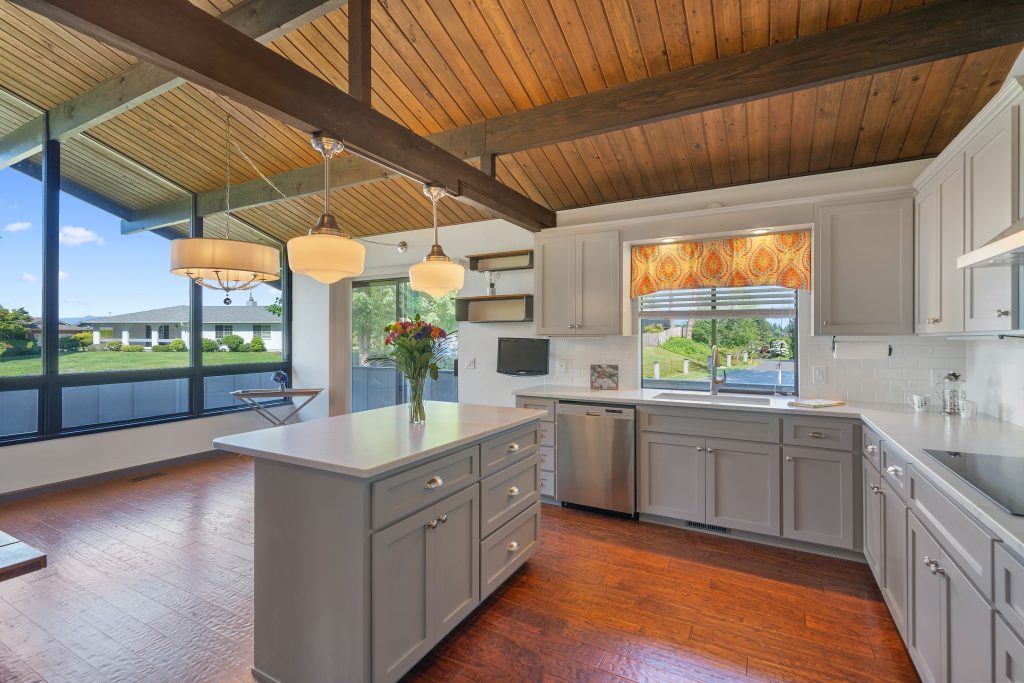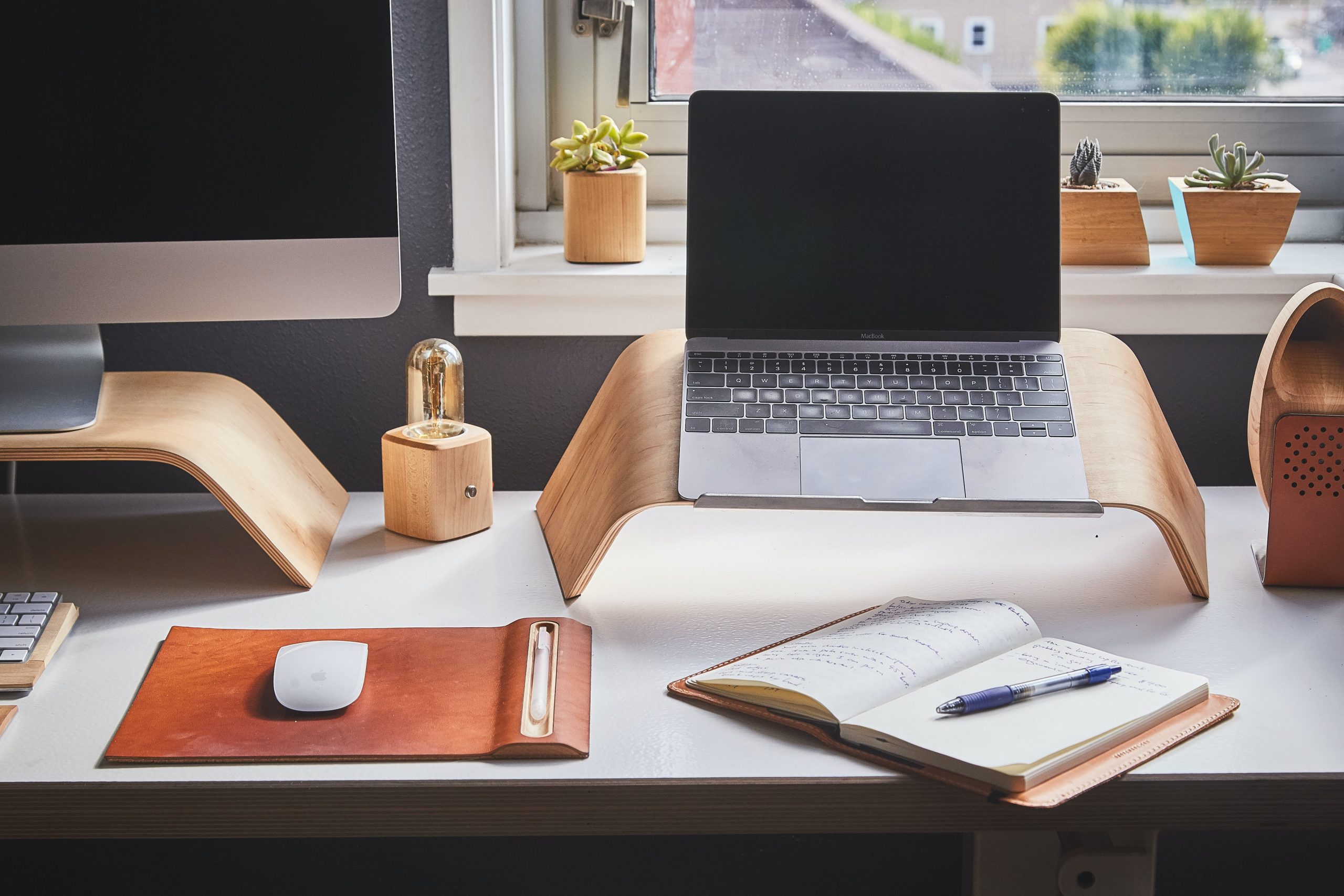In addition to drastically changing daily life for many Americans, the pandemic lockdowns may also lead to a long-term shift in how we think about home design. Extended time at home exposed the shortfalls of some floor plans and increased the urgency to have practical, multifunctional spaces.
Look for an increased interest in the following 10 design features.
- Proper mudrooms: The need to contain and disinfect germs before entering the house has highlighted a lack of mudroom space in many homes. Having a designated area to drop bags, remove shoes and masks, sanitize hands, and disinfect packages before entering the main living space may become a high priority.
- More bathrooms: The pandemic emphasized the need to isolate germs to one bathroom in order to reduce the risk of exposing healthy family members. Potential home buyers may express an increased desire for more full baths as well as half baths near the front door for easy handwashing upon arrival.
- Home offices: People were left scrambling to set up workspaces as they suddenly found themselves working from home for long periods of time. Buyers will likely prioritize an office space in future homes, whether it’s a separate room or a well-designed nook, in case of future work-from-home scenarios.
- Multipurpose rooms: Increased time at home highlighted the need for versatile rooms that can be easily converted into a home gym, a designated area for schoolwork, or a gathering space to play games or do puzzles. These flex spaces need to be inviting – a dusty, unfinished basement or garage won’t do the trick.
- Bigger storage spaces: A shortage of pantry and storage space may have been revealed as families stocked up on paper goods and nonperishable food items. A demand for large pantries and convenient storage will be on the rise.
- Updated kitchens: Kitchens have always been a focal point of home values. Now that more people have discovered their inner-chef while quarantined, the demand for homes with updated kitchens could be even greater.
- Improved air quality: In an effort to prevent the spread of airborne illnesses, more attention is being given to the air quality of homes. Air purifiers and higher quality HVAC systems may become more standard in future houses.
- Problem-solving fixtures: Bathroom bidets may become a staple fixture in newly remodeled bathrooms as a result of the toilet paper shortage during the early days of the pandemic. Touchless faucets and voice-control features for lights, windows or thermostats could also spike in popularity.
- Access to the outdoors: Being stuck at home for weeks drove people to crave time outside. More buyers may search the fringes of cities where home lots are larger. Fenced-in yards for children and pets, inviting outdoor living spaces, or easy access to nature trails may be high on many buyers’ wish lists.
- Antimicrobial materials: Brass and copper fixtures will make a resurgence, not only for their pleasing aesthetic but also for their bacteria-fighting ability. Cork flooring may also increase in popularity because it’s both antimicrobial and water resistant. As a bonus, cork is more comfortable to walk on and helps reduce the sound of footsteps.



 Facebook
Facebook
 X
X
 Pinterest
Pinterest
 Copy Link
Copy Link
